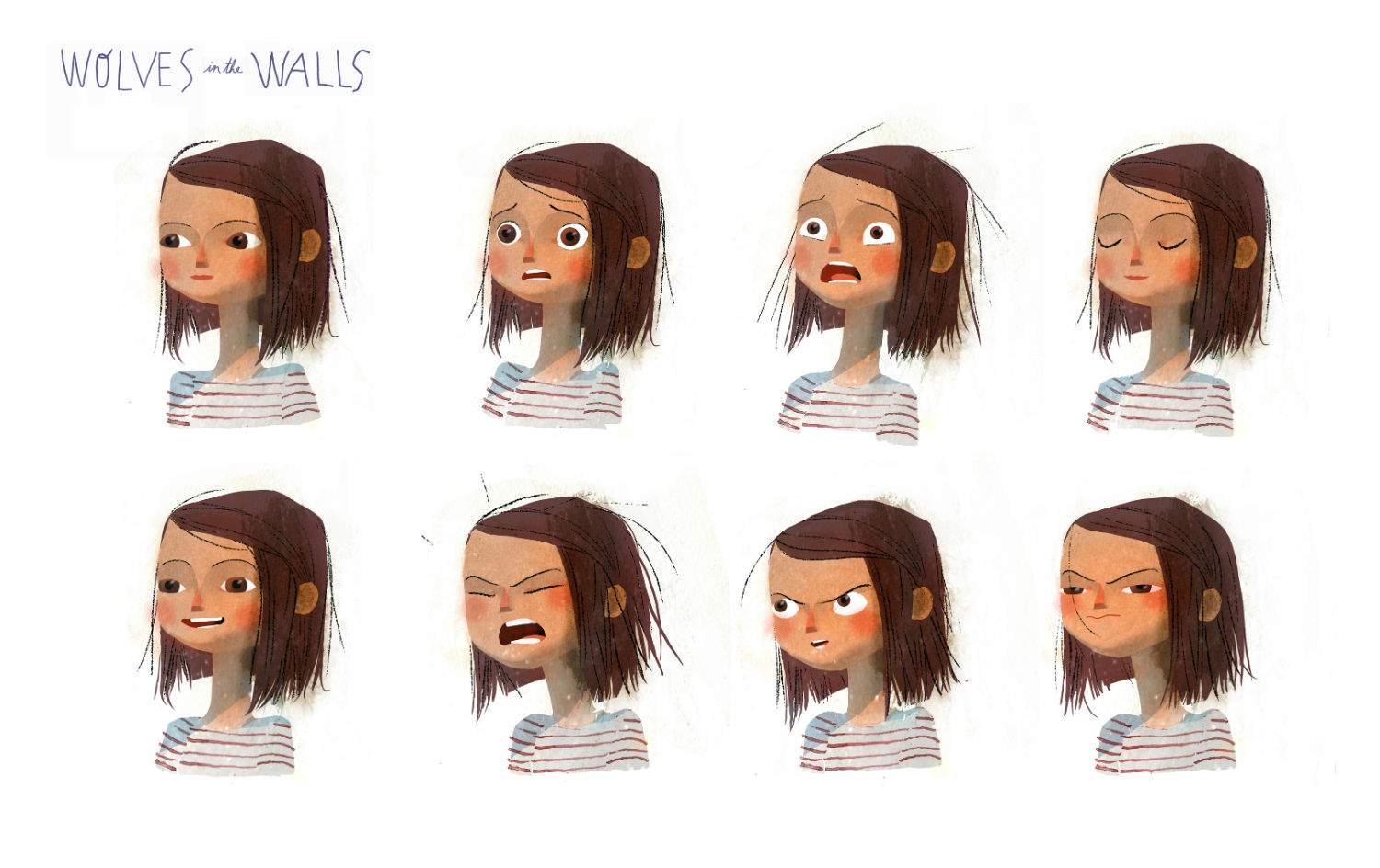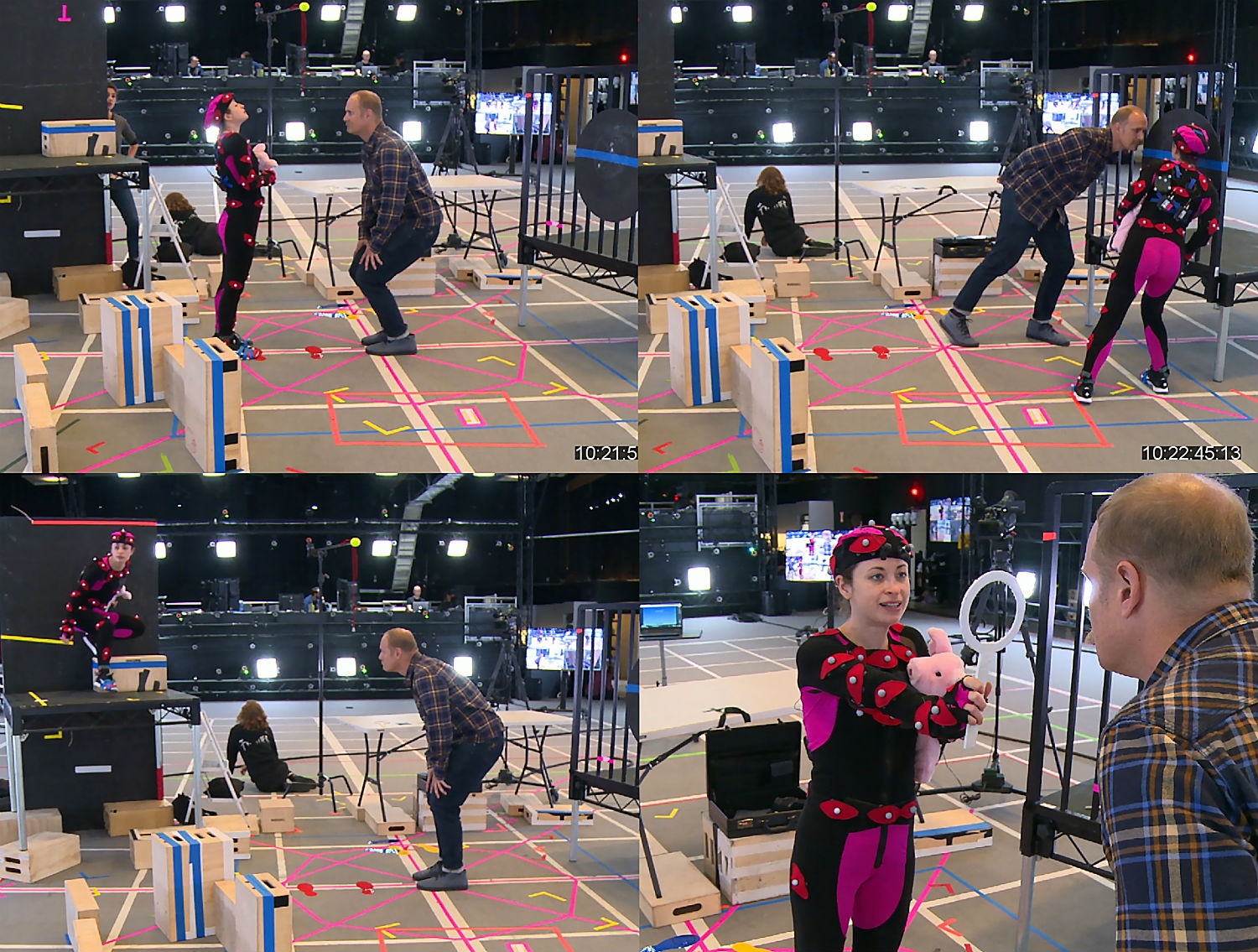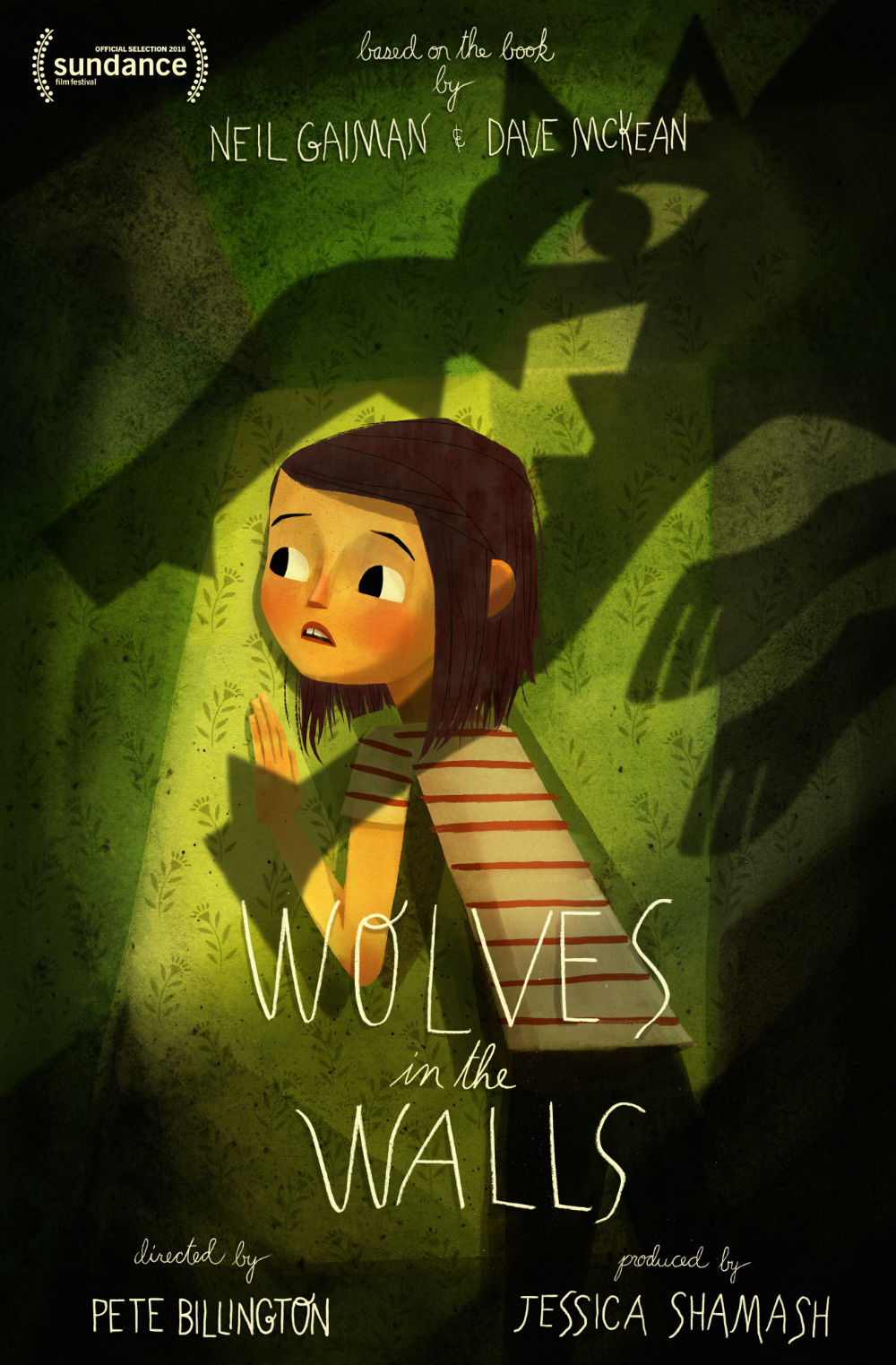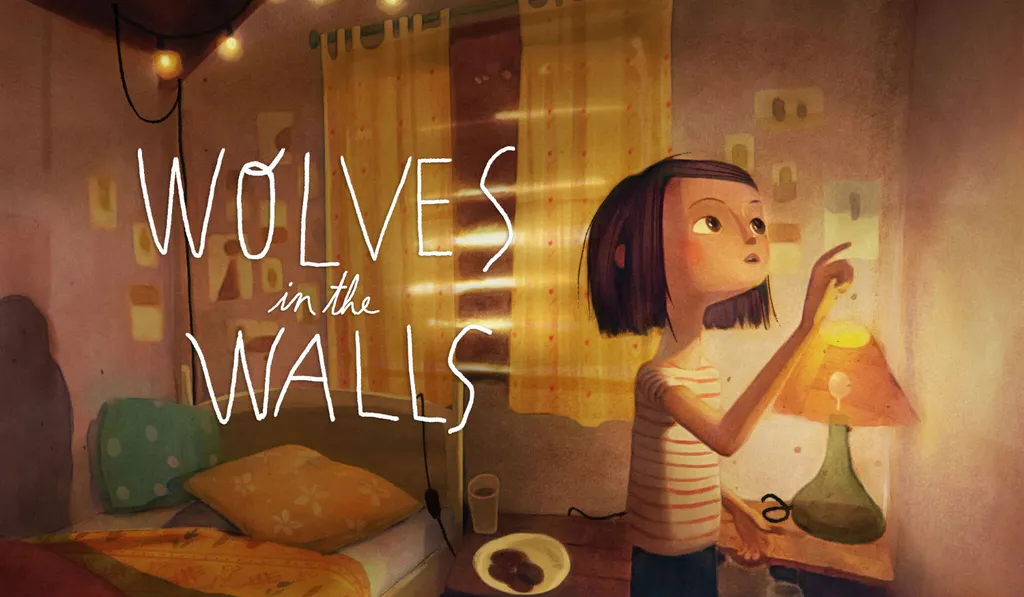Earlier this year Facebook shut down Oculus Story Studio, its internal division meant to lead by example and explore storytelling concepts within VR. The group was composed of top notch creators from studios such as Pixar and they built three VR stories, each of which were engrossing and impactful. In retrospect, Lost, Henry and Dear Angelica look like building blocks for VR storytelling. For many early VR adopters, disbanding the group meant losing an early VR innovator and the insights which could be gleaned from their work.
It turns out, though, the group had one more project in the works and with continued funding from Oculus, Wolves in the Walls VR will be premiering at Sundance in January.
“We hope Wolves in the Walls will inspire people to make VR movies way more interactive with characters who actually care that you’re really there with them,” said executive producer Edward Saatchi, in a prepared statement.
For those unfamiliar, the first project from Oculus Story Studio — Lost — placed you in a dark forest as a giant robot arm searches for its owner. It made excellent use of the sense of presence you can feel in VR, immersing you in the sights and sounds of a forest while using scale to intimidate the visitor. The group also produced Henry and Dear Angelica, each of which were recognized by the Emmy awards. Henry placed you in the house of this adorable hedgehog who wanted a hug for his birthday. At one point Henry acknowledges your presence in the slightest way by making eye contact with you, hinting at the interactivity that’s possible with intelligent characters in VR. Meanwhile, Dear Angelica demonstrated VR as creation platform, produced largely in VR creation app Quill as its story paid homage to the movies and TV of yesteryear.

Wolves in the Walls is a story from Neil Gaiman releasing exclusively on the Oculus platform with former members of the Oculus Story Studio team shepherding its production. Unlike earlier projects, however, this one means to have a main character — a little girl named Lucy — with whom you interact in different ways. With your help, she aims to discover what’s hiding inside the walls of her house.
“After Henry, we knew that we wanted to created a deeply interactive character. Something that wasn’t passive or bound to the rectangular format of traditional media. So we met with as many game developers and immersive storytellers as we could. We learned a ton about what made compelling interactive moments that didn’t distract from the narrative arc. This is what ultimately shaped Lucy’s behavior, and what sets her apart from what we did before.,” said Director Pete Billington, in a prepared statement.
The project is directed by Billington and choreographed by immersive theater company Third Rail Projects, with Jessica Shamash producing. Lucy is said to be driven by artificial intelligence and able to change her performance based on the actions of the player, reacting with different dialog and emotions depending on what you do. The plan is to offer looks into the production’s progress through a Facebook page.

“No one has yet cracked what the promise of storytelling in VR is: How to organically combine a compelling and emotional story with interactive worlds and characters. Wolves In The Walls will be exactly that,” said Saschka Unseld, Executive Producer, in a prepared statement.
It is only the project’s first chapter appearing at Sundance, suggesting there is more story the creators hope to unlock with Lucy through additional installments.
“When Dave McKean created the visual imagery and ideas for The Wolves In The Walls, he combined photography, painting and drawing to create different levels of reality. I love that we can take people into the world that Dave built, hyper-real and abstract at the same time. That the world they will be in will be a new world,” said Neil Gaiman, in a prepared statement.






























